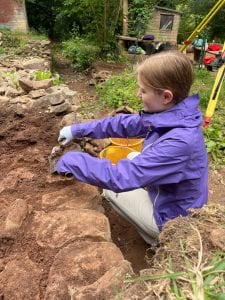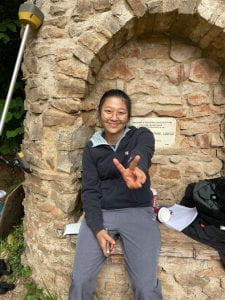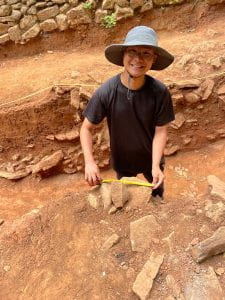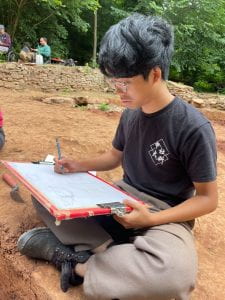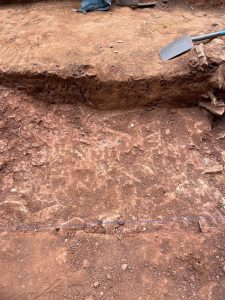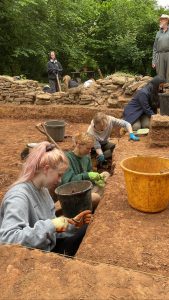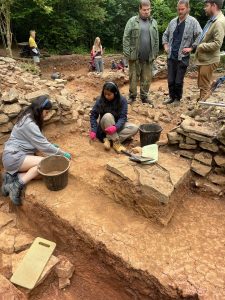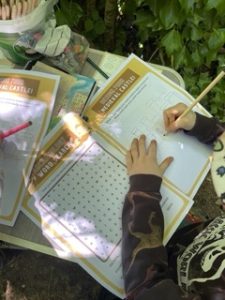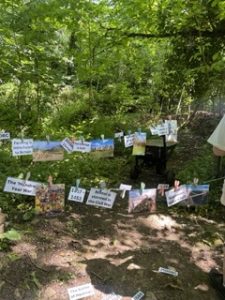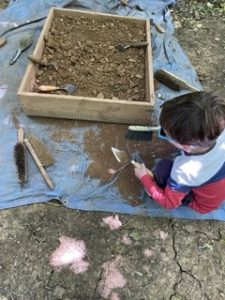
This semester we are lucky enough to have two brilliant students from the University of São Paulo in Brazil studying with us at Bristol. This means we also get to have them on the Hartygrove Excavation with us!
So we decided to get their insight as international students, and asked them each a few questions!
Bianca
Why did you choose to study abroad at Bristol (and why Anthropology and Archaeology)?
I was looking into the exchange programme options at my home university, saw Bristol and it seemed like a great city to experience student life, as it’s very creative and intercultural. The University called my attention because of its rankings and of the units that would be available to me as a study abroad student. I had previously studied History and Archaeology of Classical and Hellenistic Greece, back in the University of São Paulo, but it was a theoretical unit. So Archaeological Practice was a great opportunity to have a more hands-on experience.
What have you learnt so far and how has it complemented your degree?
I have been able to learn what Archaeology is like in practice – what it’s like to be on site, how the surveying methods and equipment work, as well as taking part in the HARP excavations. As a student of Ancient Greek, it has been nice to develop skills that can open doors in the future, broadening my options of study beyond language and literature (my degree at my home university).
What have you been doing today (31/05/2023) at the excavations?
After helping remove rubble from one of the trenches that will be excavated, Juliana and I were asked to do a section drawing of what was presumably a doorway. We measured and recorded the stones using drawing materials:
Juliana
Why did you choose to study abroad at Bristol (and why Anthropology and Archaeology)?
First, because of the language. I have been studying English for many years, so I knew I wanted to do a semester abroad in the UK. Second, during the process of choosing a University in the UK, I always caught myself going back to University of Bristol’s website because it showed to me a campus full of diversity and events that prioritize this same diversity. Once we were selected by the UoB it was time to choose the units. As a student of ancient Greek in Brazil, I was always, even before entering the University, curious about Archeology, so when me and Bianca saw that Bristol has a class called Archaeological Practice we made it one of our priorities, specifically because we don’t get the chance of having practical classes of archaeology like this one in Brazil.
What have you learnt so far and how has it complemented your degree?
In Archaeological Practice Class there is a great effort to teach from the basis to the latest technologies in the Archaeological field. Of course it is a lot, but to someone that has never studied Archaeology before it was an important opportunity to learn how the UK archaeology works and apply that in my future career. It has complement my degree in the sense that back in my home University my focus was on literature, but there is a huge field of the classical studies dedicated to Archaeology, which interest me as a student of Ancient Greek.
What have you been doing today (31/05/2023) at the excavations?
First me and Bianca worked removing stones with the trowel together with two other students. In the end of the morning we started to do a section drawing of the walls 16, 21 and 22 where there was supposed to be a door.




